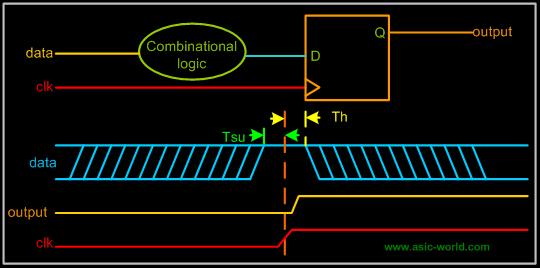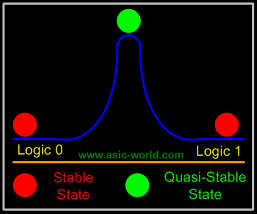With regard to digital integrated circuits, process technology refers to the particular method used to make silicon chips. The driving force behind the manufacture of integrated circuits is miniaturization, and process technology boils down to the size of the finished transistor and other components. The smaller the transistors, the more transistors in the same area, the faster they switch, the less energy they require and the cooler the chip runs (given equal numbers of transistors).
Measured in Nanometers
The size of the features (the elements that make up the structures on a chip) used to be measured in micrometers. A 3 µm process technology, also called a "technology node" and "process node," referred to a silicon chip with features three micrometers in size. Today, features are measured in nanometers. A 45 nm process technology refers to features 45 nm or 0.45 µm in size.
Elements Measured
Historically, the process technology referred to the length of the silicon channel between the source and drain terminals in field effect transistors (see FET). The sizes of other features are generally derived as a ratio of the channel length, where some may be larger than the channel size and some smaller. For example, in a 90 nm process, the length of the channel may be 90 nm, but the width of the gate terminal may be only 50 nm.
An Example of Progress
Consider that the process technology of the first 486 chip in 1989 was one micron (1,000 nanometers). By 2003, the state-of-the-art decreased to 90 nm ("90 nano"). In 15 years, feature sizes were reduced by slightly less than one millionth of a meter. What may seem like a minuscule, microscopic change to the casual observer took thousands of man years and billions of dollars worth of research and development. Note the huge variance in semiconductor feature sizes starting in the 1950s (see chart below).
Chips Are Nanotechnology
Intel introduced 45 nm processors in 2008. To understand how tiny 45 nanometers is, it would take two thousand 45 nm objects laid side-by-side to equal the thickness of one human hair.
In 2010, 32 nm chips were introduced, and feature sizes as low as 11 nm are expected in the future. For some time, chips have been in the realm of nanotechnology, which refers to elements 100 nanometers and smaller.








